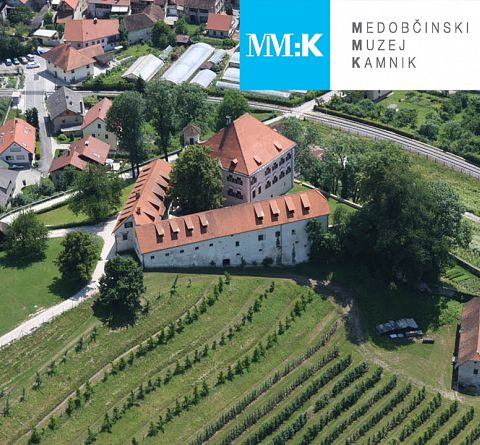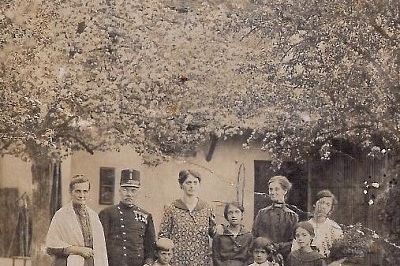Czechs and Moravians in Kamnik
You know that Kamnik’s folk song:
Zika, Fikar, Nerima,
Panek, Rihtar, Kučera,
these are “Pemci” tra – la – la…
Here, the term “Pemci” can be explained most easily with the words of Jan Lego, a well-known Czech cultural figure who lived in Kamnik in the 1860s and 1870s and wrote to Czech newspapers from here, that word came from the German word Böhmen, but which had a somewhat contemptuous meaning.
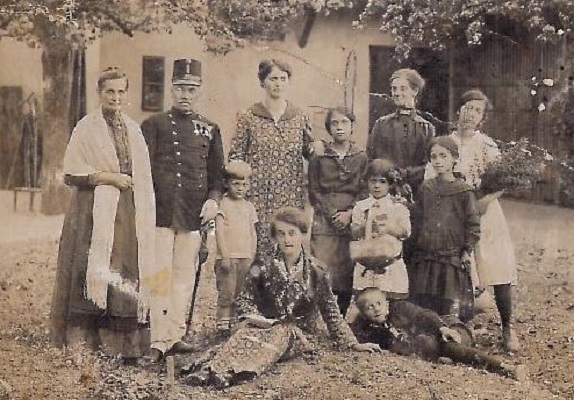 The first Czech immigrants are found in the gunpowder factory in Kamnik. During the penetration of the Austrian army in the Lombard
The first Czech immigrants are found in the gunpowder factory in Kamnik. During the penetration of the Austrian army in the Lombard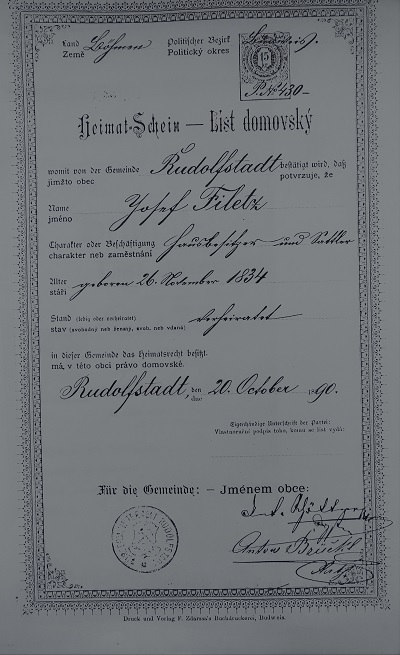 city of Mantova in 1849, the gunpowder factory there was confiscated and the dismantled machines were transported to Kamnik, in 1852. At first, only specialized military units worked in it. Even the craftsmen, as far as the factory needed them for its own purposes, were soldiers. By nationality, they were mostly Czechs, partly also Moravians and Hungarians. The military administration soon realized that the constant turnover of workers harms the production itself, so in 1870 they decided to accept the civilian population, who were supposed to be permanently employed in the gunpowder factory. At the same time, they also offered work to the last group of Czech military mobilisers, who were brought to Kamnik by Major Wenzel Holeček. Part accepted this offer, especially the craftsmen Zika, Ficker, Neřima, Kučera, Richter, Panek, Filetz and others. They introduced new workers to work, and the management promoted them to foreman and masters. The largest influx of Czech workers to the gunpowder factory was precisely in the 70s and 80s of the 18th centuries.
city of Mantova in 1849, the gunpowder factory there was confiscated and the dismantled machines were transported to Kamnik, in 1852. At first, only specialized military units worked in it. Even the craftsmen, as far as the factory needed them for its own purposes, were soldiers. By nationality, they were mostly Czechs, partly also Moravians and Hungarians. The military administration soon realized that the constant turnover of workers harms the production itself, so in 1870 they decided to accept the civilian population, who were supposed to be permanently employed in the gunpowder factory. At the same time, they also offered work to the last group of Czech military mobilisers, who were brought to Kamnik by Major Wenzel Holeček. Part accepted this offer, especially the craftsmen Zika, Ficker, Neřima, Kučera, Richter, Panek, Filetz and others. They introduced new workers to work, and the management promoted them to foreman and masters. The largest influx of Czech workers to the gunpowder factory was precisely in the 70s and 80s of the 18th centuries.
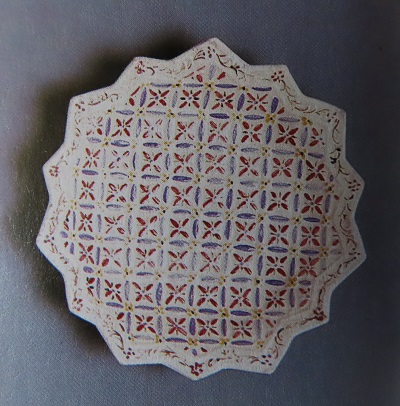 The production of porcelain and ceramics was one of the most developed economic branches in the Czech Republic. In particular, this type of craft and later industry developed in the northwest and north, in the districts of Karlovy Vary, Teplice, Duchnov and Loket. Their traditional knowledge and experience were used by Kamnik district head Florjan Konšek, who in 1855 opened a ceramic workshop in the suburb of Graben. He employed around 30 Czech workers and masters in it. Thus, Kamnik pottery was not rough, peasant work, but a beautiful and high-quality product. Most of the raw materials were also imported from the Czech Republic. Even during Konšek’s ownership, the workshop was managed by the Czech Oskar Skuta, who enriched the ceramics with new motifs, especially the Slovenian carnation and other flowers. In 1911, Rudolf Schnabl took over his father’s company (the workshop was bought in 1878 by Blaž Schnabl), who completed a ceramics school and several years of practice in the Czech Republic. However, due to the fierce competition from Czech porcelain products, the latter reduced its production and shifted to the production of decorative ceramics, especially majolica.
The production of porcelain and ceramics was one of the most developed economic branches in the Czech Republic. In particular, this type of craft and later industry developed in the northwest and north, in the districts of Karlovy Vary, Teplice, Duchnov and Loket. Their traditional knowledge and experience were used by Kamnik district head Florjan Konšek, who in 1855 opened a ceramic workshop in the suburb of Graben. He employed around 30 Czech workers and masters in it. Thus, Kamnik pottery was not rough, peasant work, but a beautiful and high-quality product. Most of the raw materials were also imported from the Czech Republic. Even during Konšek’s ownership, the workshop was managed by the Czech Oskar Skuta, who enriched the ceramics with new motifs, especially the Slovenian carnation and other flowers. In 1911, Rudolf Schnabl took over his father’s company (the workshop was bought in 1878 by Blaž Schnabl), who completed a ceramics school and several years of practice in the Czech Republic. However, due to the fierce competition from Czech porcelain products, the latter reduced its production and shifted to the production of decorative ceramics, especially majolica.
A high percentage of Czech and Moravian labour and capital was also noticeable in the iron industry. The first founder of today’s Titan factory was Czech Jan Špalek, who on April 30, 1896 bought Bučar’s workshop for the production of earth paints and cleaning powder and turned it into a metalworking plant. The production included the production of building locks. 50 workers were employed in the plant. Many of them were of Czech origin, as evidenced by the records of issued work and business booklets.
In the period between the First and Second World Wars, the Czechs played a different role in the Slovenian and the entire Yugoslav economy. Due to the great economic crisis between 1928 and 1934 and its consequences, there was an increased interest in economic cooperation with the “fraternal Slavic nations”, especially Czechoslovakia. In the beginning, it was mainly an exchange of goods, for example textiles, sugar, glass and porcelain products, and in the 1930s mainly with the participation of Czech capital in domestic factories and plants. There were also a few similar cases in the Kamnik area. Such an example is the mechanical weaving mill “Jugopamuk” in Kamnik, whose owners were Josef Čech and Jiri Nemec, both of Czech nationality, since 1936. They imported looms from Czechoslovakia, while the raw materials for making towels were obtained from Maribor and Škofja Loka. It was the same with the textile factory in Jarše, where the Czech owner brought old machines with him. In both cases, domestic raw materials were used for production, while elsewhere they were imported from Czechoslovakia.
A similar example was a plant for making buttons. It was founded in Kamnik in 1932 by the Czech Nivelt, and was succeeded by Miloš Kramar and the Czech Franjo Hrdlička. The production of buttons has also been one of the oldest and best-quality industries in the Czech Republic since the 1860s.
The economic role of Czech immigrants was reversed in the 1930s: while in earlier periods they represented only the workforce in state or private Slovenian and German companies, they now appeared with their own capital and offered the natives new opportunities for employment.
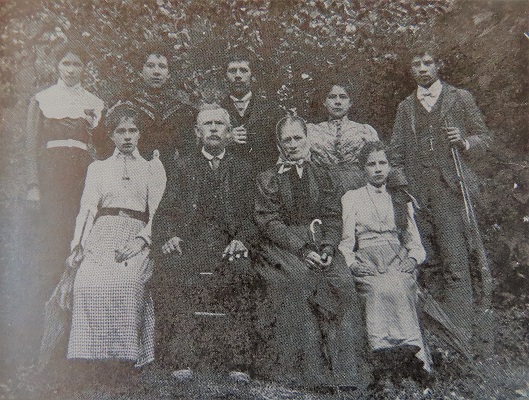 The meeting place of the Czechs and Moravians from Kamnik was in the Hotel Fischer (today’s court), which was rented by the Czech Jožef Zika. At the end of the 19th century, the centre of social life moved to New Square, where Zika opened his own tavern.
The meeting place of the Czechs and Moravians from Kamnik was in the Hotel Fischer (today’s court), which was rented by the Czech Jožef Zika. At the end of the 19th century, the centre of social life moved to New Square, where Zika opened his own tavern.
In the social aspect, the most noticeable influence of the Czechs and Moravians was in the field of music and mountaineering. The Czechs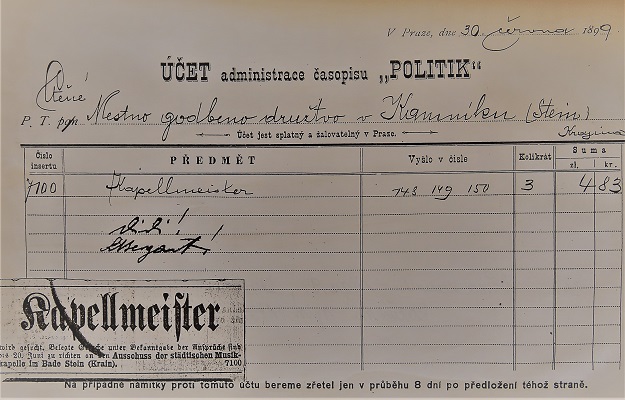 were especially well-known as the conductors of the city band and salon orchestra. In the years 1900 to 1903, the latter was led by Anton Vaniček, from 1903 to 1907 by Jan Špalek, and until the First World War by Josip Novotny. The situation was similar in the Band Association, where Anton Vaniček and Arnold Wlassak worked as conductors. It is interesting that the committee of the band also published advertisements for bandleaders in Czech newspapers.
were especially well-known as the conductors of the city band and salon orchestra. In the years 1900 to 1903, the latter was led by Anton Vaniček, from 1903 to 1907 by Jan Špalek, and until the First World War by Josip Novotny. The situation was similar in the Band Association, where Anton Vaniček and Arnold Wlassak worked as conductors. It is interesting that the committee of the band also published advertisements for bandleaders in Czech newspapers.
Another social area was mountaineering. The Kamnik Mountaineering Society was founded as a branch of the Slovenian Mountaineering Society in the same year, on July 19, 1893. The teacher Ljudevit Stiasny, a descendant of immigrant Czechs, was a very active member. In general, it is typical that the Czechs were most responsible for the development of Slovenian mountaineering in the Kamnik’s Alps and Jezersko. In 1900, they published the “Savinske Alpy” guidebook, and in July 1900, the Czech branch of the Slovenian Mountaineering Society opened the Czech Hut under Grintovec.
Zora Torkar



